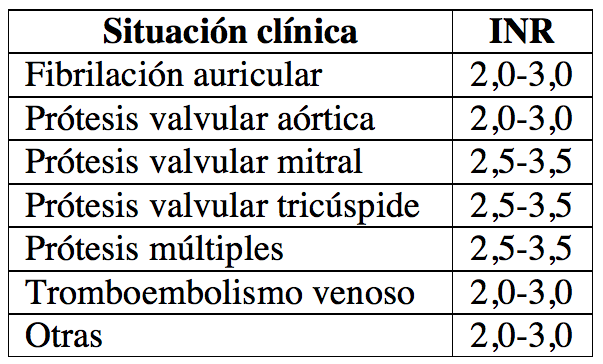

For many years, VKAs were the only oral medication that could be reliably used for anticoagulation. Vitamin K antagonists, also called coumarins, have been licensed for clinical use since the early 1950s. Furthermore, we focus on unresolved problems and novel approaches for improved perioperative management in specific patients treated with antiplatelets and anticoagulants. In this review, we attempt to evaluate the recent guidelines on perioperative management of anticoagulant and antiplatelet agents. Multiple guidelines and recommendations by various societies have addressed the optimal management of these drugs in different surgical and invasive settings. The combined therapy might be associated with specially increased bleeding risk during surgical intervention.ĭespite many years of experience, perioperative management of antiplatelet and anticoagulant drugs in cardiac and non-cardiac surgery remains a dilemma with respect to balancing bleeding versus thrombotic risks. Finally, due to multiple shared risk factors for VTE and arteriosclerotic diseases, combined antiplatelet and anticoagulant therapy is indicated in some patients. Thus, it is estimated that in patients with AF, which is the dominant clinical indication for long-term anticoagulant therapy, 10 to 15% will require treatment interruption annually for an elective surgery or invasive procedure. In addition, anticoagulant use is increasing due to the availability of DOACs, which are easier to handle for the patient than VKA. Older patients are more likely to be treated with antiplatelets and/or anticoagulants and to require surgeries or invasive procedures than younger patients. The perioperative management of patients receiving anticoagulant therapy is a frequently encountered clinical scenario, especially with the aging population. Among oral anticoagulants, there are two main drug classes: vitamin K antagonists (VKA) and direct-acting oral anticoagulants (DOAC). Aspirin and P2Y 12 inhibitors are the most commonly used antiplatelet drugs, either alone or as dual antiplatelet therapy (DAPT). Two main classes of oral antithrombotic drugs are on the market: antiplatelet drugs, which prevent or temper inadvertent or inadequate platelet activation and initial clot formation, and anticoagulants, which slow down clot formation by controlling and reducing thrombin generation and formation of stable clots. However, their evidence is commonly based on small series, case reports, or expert opinions.Īntithrombotic drugs are frequently used to prevent or treat various common cardiovascular disorders like acute coronary syndrome (ACS), stroke, peripheral vascular disease, atrial fibrillation (AF), and venous thromboembolism (VTE). Their applicability is limited in emergent or urgent surgery, where novel approaches might be helpful.

Many guidelines have been published from various societies. Finally, aspirin is commonly continued in the perioperative period, whereas potent P2Y 12 receptor inhibitors should be stopped, drug-specifically, 3 to 7 days before surgery. Several guidelines for regional anesthesia recommend a conservative interruption interval of 72 h for DOACs before neuraxial anesthesia. In patients on direct-acting oral anticoagulants (DOAC), a discontinuation interval of 24 and 48 h in those scheduled for surgery with low and high bleeding risk, respectively, has been shown to be saved. Bridging therapy does not decrease the perioperative thromboembolic risk and might increase perioperative bleeding risk. Preoperative laboratory testing is recommended. Vitamin K antagonists should be stopped 3 to 5 days before surgery. Furthermore, we focused on unresolved problems and novel approaches for optimized perioperative management. In this review, we evaluated the recent guidelines in non-cardiac, cardiac, and regional anesthesia. Multiple guidelines and recommendations have been written to address the perioperative management of antiplatelet and anticoagulant drugs.


 0 kommentar(er)
0 kommentar(er)
